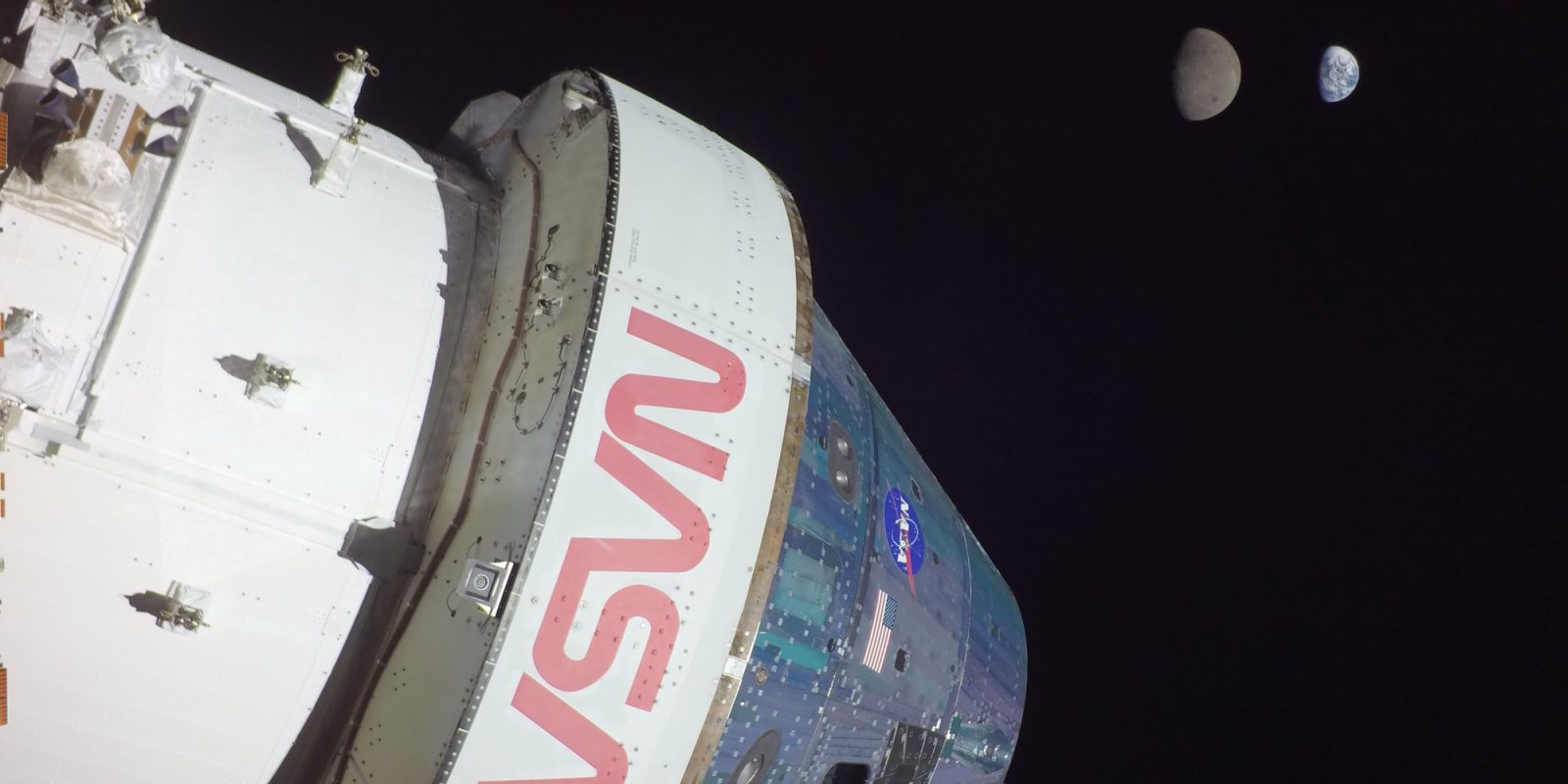
The Artemis program, officially named and accelerated during President Trump’s first term, aims to return astronauts to the Moon and establish a sustainable human presence. Building upon earlier initiatives, including the Constellation program under President George W. Bush, the program has faced significant delays and escalating costs. Estimates suggest that by 2025, the total expenditure could reach $93 billion.
The Constellation program, initiated in 2005, was designed to develop new spacecraft and launch systems for missions to the International Space Station and the Moon. However, in 2010, the Obama administration canceled the program due to budget constraints and technical challenges. Despite its cancellation, key elements such as the Orion spacecraft were retained and later integrated into the Artemis program.
Now with the second Trump administration, there is renewed talk about the future of the Space Launch System rocket, which is integral to Artemis and would launch the crewed Orion spacecraft to the Moon. According to Ars Technica, there has been a “healthy debate” within the White House as to the future of the program.
In light of these challenges and uncertainties, Boeing, a primary contractor for the SLS rocket, announced last week the possibility of layoffs. As many as 400 employees could be affected, with layoffs potentially occurring as early as April. The company attributes this decision to “revisions to the Artemis program and cost expectations.”
Concurrently, the Trump administration has nominated Jared Isaacman, a tech entrepreneur and private astronaut, to lead NASA. His nomination was received by the Senate on January 20 and referred to the Committee on Commerce, Science, and Transportation. As of now, a date for his confirmation hearing has not been scheduled.
The potential appointment of Isaacman has elicited mixed reactions. Some industry observers express concerns about his close ties to SpaceX, fearing potential conflicts of interest, especially given SpaceX’s significant involvement in Artemis through contracts for lunar landers.
Despite these uncertainties, the White House has signaled continued support for Artemis. A joint statement released on February 7 during Japanese Prime Minister Ishiba Shigeru’s visit emphasized the ongoing partnership between the United States and Japan in space exploration. The statement highlighted collaboration on the upcoming Crew-10 Dragon mission to the International Space Station and future lunar surface exploration under Artemis.
International partnerships are a cornerstone of Artemis. The Japan Aerospace Exploration Agency is contributing to the program by developing a pressurized lunar rover, known as the Lunar Cruiser, intended for use in later Artemis missions. In exchange, NASA has committed to delivering the rover using a cargo version of SpaceX’s Starship lunar lander and providing two seats for JAXA astronauts on Artemis missions, with one potentially as early as Artemis 4, currently penciled in for near the end of the decade.
As the administration deliberates the future of Artemis, stakeholders within the space industry are closely monitoring developments. The program’s trajectory remains uncertain, with potential implications for international collaborations, contractor engagements, and the broader objectives of U.S. human space exploration.
FTC: We use income earning auto affiliate links. More.




Comments